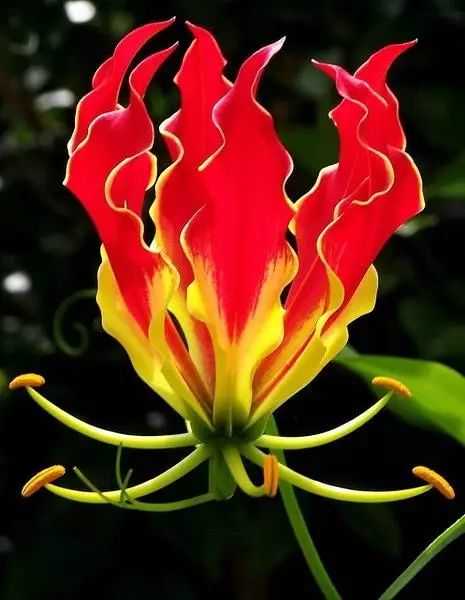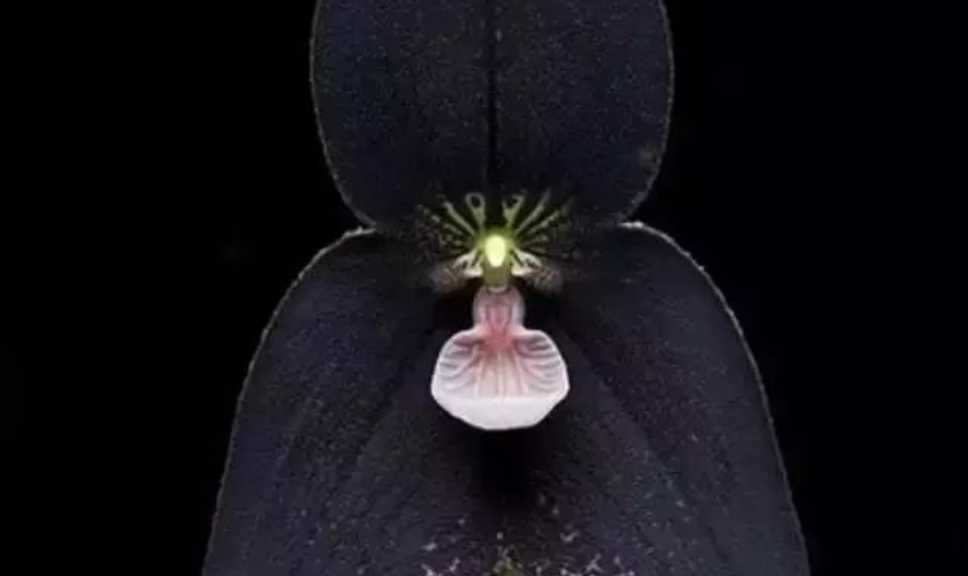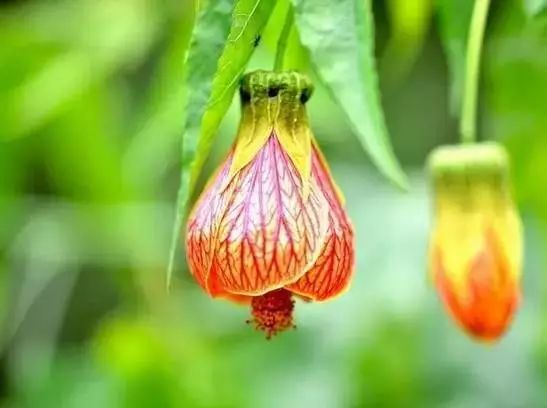Search for information
The Enchanting Gloriosa Lily: A Tropical Flame in BloomThe Gloriosa lily (Gloriosa superba), a climbing herb native to tropical Africa and Asia, has captivated botanists and horticulturists with its dramatic flowers and unique growth habit. Also known as the Flame Lily or Fire Lily, this plant thrives in warm, humid climates, often found in savannas, forests, and along riverbanks.
June 17, 2025, 11:27 am EDT
The Enchanting Gloriosa Lily: A Tropical Flame in Bloom

A Botanical Masterpiece of Color and Form
Ecological Significance and Cultural Tapestry

A great collection of the world's ethnic beauties! (4)
A great collection of the world's ethnic beauties! (4)more

Intriguing Dracula Orchids: Nature's Bizarre and Beautiful Creations
Dracula orchids, belonging to the orchidaceae family, are a fascinating group of plants that have captivated the attention of botanists and plant enthusiasts alike. These unique orchids are native to the Americas, with a significant concentration found in Ecuador and Colombia.more

The Blue-Footed Booby: Galápagos’ Colorful Seabird with a Dashing Mating Dance
Native to the tropical and subtropical coasts of the eastern Pacific Ocean, the blue-footed booby (Sula nebouxii) is an iconic seabird best known for its most striking feature—bright blue feet that range from a pale turquoise to a vivid cobalt. Made famous by the Galápagos Islands, this charismatic bird has captivated scientists and nature lovers with its unique appearance and elaborate courtship rituals.more

Nanotech Raises $25.5 Million for Sustainable Lithium Extraction Technology
Nanotech Raises $25.5 Million for Sustainable Lithium Extraction Technologymore

Tom Yum Kung Soup, also known as Tom Yam Soup or Dong Yan Soup, is a famous Thai soup, a typical Thai dish, and one of the world's top ten soups. In Thai, "Tom Yum" means sour and spicy, and "Kung" means shrimp, so it is a sour and spicy shrimp soup. This soup is characterized by the use of unique Thai ingredients such as lemon leaves,more

The Pink River Dolphin: Amazon’s Enigmatic Pink Wonder Unique to River Ecosystems
In the murky waters of the Amazon and Orinoco river basins, a creature of mythical allure glides through the currents: the pink river dolphin (Inia geoffrensis), a unique species that has captivated indigenous tribes and scientists for centuries. Often called the "botos," these dolphins stand out not only for their striking pink hue but as one of the few freshwater dolphin species on Earth, evolving the perfect adaptation to thrive in the Amazon’s labyrinthine waterways.more

Mercedes - AMG CLK63 Black Series: The V8 - Powered Challenger That Redefined Performance
When Mercedes - AMG developed the CLK63 Black Series, the Porsche 911 GT3 reigned as the king of its segment. To dethrone the GT3, AMG engineered a brute - force contender, arming the CLK63 with a 6.2 - liter naturally aspirated V8 producing 500 horsepower—paired with a seven - speed automatic transmission. The result? A 0 - 60 mph sprint in 4.2 seconds and a top speed nearing 186 mph (300 km/h), making it a worthy adversary to the GT3’s precision - tuned prowess.more

The Mesmerizing and Graceful Drooping Lily: A Floral Delight
In the diverse world of flora, the Drooping Lily, also known as Hibiscus schizopetalus, stands out as a captivating and exotic plant that has charmed gardeners and nature enthusiasts alike.more

